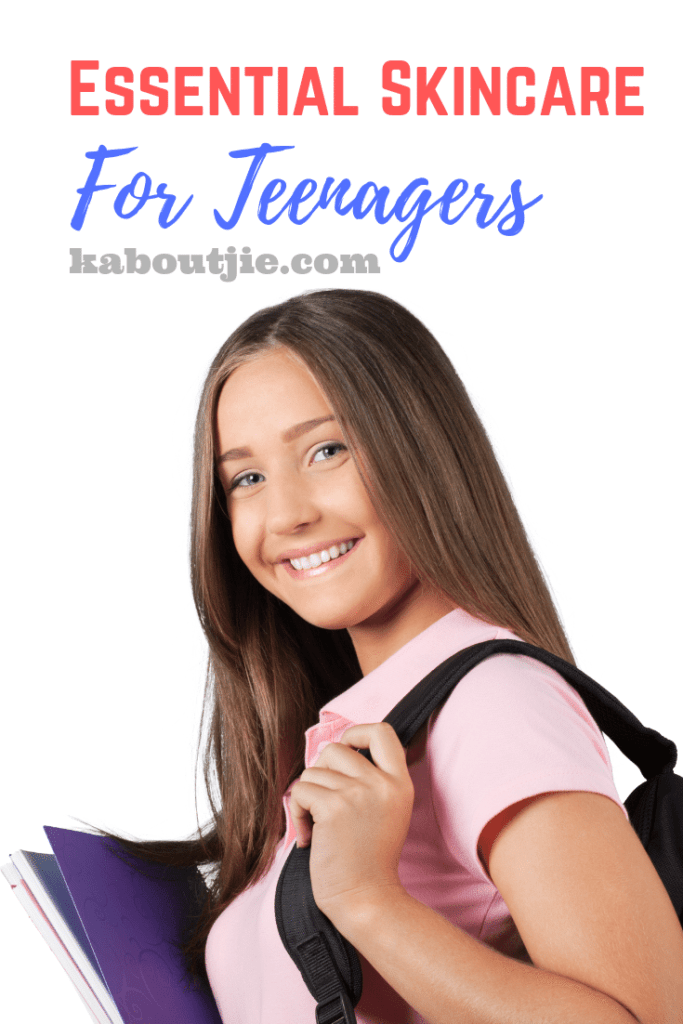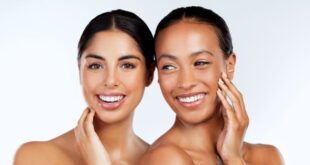Adolescence is a particularly interesting time where a person undergoes through various changes in her or her life. One of these changes includes bodily hormonal changes that can affect your skin. Oftentimes, many teenagers experience skin issues like acne and oily skin due to hormonal changes so it’s important to use products like Innisfree.
Here are some valuable tips for building your own essential skincare for teenagers:

-
Identify your skin type and skin issues
The first step in taking care of your skin is by identifying your skin type and the skin issues you are experiencing. Correctly identifying your skin type and skin care concerns are crucial in helping you pick the right skin care products and effectively targeting your skin care concerns.
The most common skin types include oily skin, dry skin, combination skin, and normal skin. Here’s what each skin type usually looks like and the recommended skin care for each type.
- Oily skin. Oily skin is characterized by excess sebum production, which often aggravates acne flare-outs and blackheads. Teenagers with oily skin must focus on using skin care products designed for oil control and minimize bacteria that leads to pimples and acne breakouts. They should also avoid using pore blocking (comedogenic) makeup products and creams and opt for non-comedogenic products instead, because comedogenic particles mix easily with sebum and lodge into the pores, creating blackheads, pimples, and acne.
- Dry skin. Dry skin is characterized by flaky skin that easily forms dry patches when exposed to cold temperatures. Dry skin is also often sensitive skin and is easily triggered by irritants that lead to redness and itching. Teenagers with dry skin should focus on regularly moisturizing and hydrating their skin to prevent skin dryness. They should also try to avoid common skin irritants especially harsh cleansers and chemical-laden skin care and makeup products that may cause burning and irritation. Opt for mild cleansers and avoid excessive skin washing and scrubbing.
- Combination skin. Combination skin is usually characterized by an oily T-zone (nose, forehead, and chin) and dry skin for the rest of the face area. Teenagers with combination skin must take a multi-layered approach to correctly target different skin care concerns: first, they must focus on using oil-control products on the oily areas, and focus on moisturization on the dry areas.
- Normal skin. Normal skin has the least amount of skin care issues among all the types and is considered the most ideal skin type. The skin is well moisturized and not too dry or oily. However, it still requires proper care as with all skin types. Teenagers with normal skin should focus on using mild and non-alcohol cleansers to prevent over-drying.
-
Build a skincare routine
Once you have correctly identified your skin type, the next step is building a skin care routine that you must do consistently. The basics of a skin care routine include daily face washing, toning, and moisturization, followed by weekly exfoliation or treatment, depending on your skin type.
Here’s an outline of a basic skincare routine:
Daily routine
- Face your face twice daily, every morning and before going to bed, to clean your face off of dirt, makeup, sebum, and other impurities to unclog pores and keep your complexion bright. Use a cleanser suited for your skin type.
- Follow up your daily washing with a toner to remove excess impurities and prep your face for moisturization. Toners also help balance your skin’s pH levels. Use a toner suited for your skin type.
- Moisturizers seal off moisture within your skin’s barrier to lock in nutrients and protect your skin from drying and irritants. Apply moisturizer evenly on your face after toning, and leave to dry for a few minutes for effective absorption. Teenagers with oily skin should ideally use a lightweight moisturizer that doesn’t feel greasy, while those with dry skin may benefit from creamy and ultra-hydrating moisturizers.
Applying eye cream is also considered moisturization, and is very important not to skip as well, since the skin around the eyes is very sensitive and do not produce sebum, making it susceptible to early signs of skin aging like eye lines and wrinkles. Apply eye cream 1 – 2x a day along with face moisturization.
Weekly routine
- Exfoliation helps speed up skin cell renewal by sloughing off dead skin cells. Ideally, you should be exfoliating 1 – 3x a week. Use a mild exfoliator to clear your skin off dead skin cells that use natural scrubbing agents to prevent irritation. Exfoliation is fine for oily, normal, and combination skin, but dry skin types should do this minimally or avoid it altogether, since it may cause irritation.
- Skin treatments like face masks and serums help target specific skin care concerns like dullness, dark spots, and pigmentation that may not be effectively treated with the daily skin care routine. Apply your chosen or needed treatment as recommended, which is usually applying them 2 – 4x a week.
Properly take care of your skin even as a teenager by correctly identifying your skin type and building a consistent skin care routine to effectively deal with any skin care concerns that may arise as you experience various bodily and hormonal changes throughout this time.
 Kaboutjie SA Mommy Blogs by Lynne Huysamen
Kaboutjie SA Mommy Blogs by Lynne Huysamen





would love to test this
Everyone is telling me Bio-oil for dry skin works wonders. Can’t wait to try it
I’ve used Bio Oil for my stretch marks after pregnancy and also for a scar that I have on my forehead from childhood and it works great for that! It has helped my skin so much and yes it is amazing for dry skin too!
I drink a lot of water for my skin. What is my downfall is hot days. I love the sun on my skin but a lot of sun exposure is bad for the skin